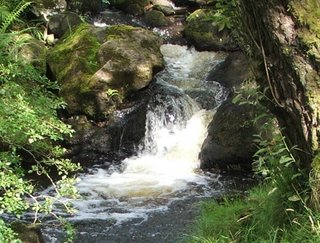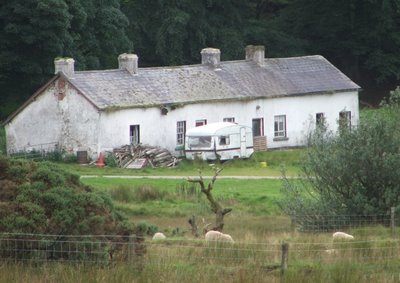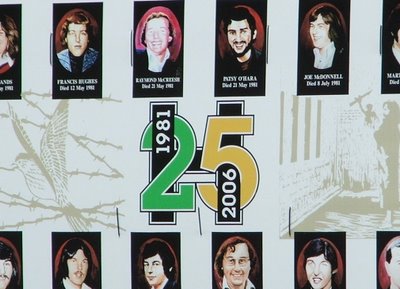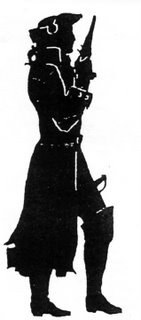 Three schools projects that I am involved in 'swept the boards' at the recent annual Galway County Heritage Awards.
Three schools projects that I am involved in 'swept the boards' at the recent annual Galway County Heritage Awards.These awards are unique in Ireland and represent an important morale booster to the diverse range of communities and organisations involved in preserving and promoting our rich native traditions. Enthusiasts range from the big tourism business interests such as the 'Dartfield Horse Museum' through to little neighbourhood groups such as a village committee looking after the upkeep of their local graveyard.
The awards were the brainchild of the energetic Marie Mannion, probably the best Heritage Officer in the country. Since their inception four years ago, I have promoted the involvement of primary schools that I manage under the 'Fionn' Science programme. Named after a mythological Celtic hero, 'Fionn' provided the children and teachers with digital media training and technology for the production of yearly science documentaries. Yet I have always encouraged participants to take an interdisciplinary approach to science and allow the inclusion of art, drama, local history, music, public speaking, languages ... So not surpisingly many schools include heritage themes in their films. For instance traditional lobster fishing in Inis Óirr has both a science as well as a heritage element.
We have always done exceptionally well in these County Awards.
2006 (our last year sadly) was no exception:
a) Doorus National School won the top Schools prize for its fascinating film documentary on the Tidal-powered Mills that once were a major source of industrial power in south Galway until destroyed by a tsunami that hit the coast in the 17th century! b) Kiltartan Primary School was runners-up for its movie on the local Gort River. c) The tiny Woodlawn School (population: 12 pupils) won the special 'Merit Award' for its outstanding film on the history of 'Woodlawn House'- one of the finest examples of Georgian architecture in Ireland.
The Woodlawn school principal, Maureen Duhan (photo- in centre with family),
 is the wife of the famous singer-songwriter Johnny Duhan (writer of such classics as the Christy Moore song 'The Voyage'). She is also an excellent innovator and has over the years helped her pupils produce some vintage projects.
is the wife of the famous singer-songwriter Johnny Duhan (writer of such classics as the Christy Moore song 'The Voyage'). She is also an excellent innovator and has over the years helped her pupils produce some vintage projects.The locality is a quiet rural backwater dominated by the old demense and its awe-inspiring mansion now sadly falling into dereliction.
 Look at the size of these stables!
Look at the size of these stables! railway line diverted to go through his lands. He built a quaint railway station that is still in existence today. In fact his building programme included many other fine buildings of architectural beauty that still stand today including an Anglican Church, a Gamekeeper's Lodge, a family Mausoleum, an Ice House, artisan cottages and above all Woodlawn House itself. In fact over 150 years later, there are few other buildings of note in the area.
railway line diverted to go through his lands. He built a quaint railway station that is still in existence today. In fact his building programme included many other fine buildings of architectural beauty that still stand today including an Anglican Church, a Gamekeeper's Lodge, a family Mausoleum, an Ice House, artisan cottages and above all Woodlawn House itself. In fact over 150 years later, there are few other buildings of note in the area.The team that produced the independent American film 'The Blair Witch Project' came to Ireland a few years ago to undertake a documentary on the most haunted houses in Ireland. They stayed in many but found Woodlawn House to be the scariest!
Still I don't think that Woodlawn will be a sleepy village for much longer. With the recently announced plans for the re-development of the railways in the West of Ireland and the selection of nearby Athenry as a transport hub, the locality is a prime location to re-emerge as a satellite town of Galway City. Woodlawn House may be recognised as a prime site for a hotel and golf club complex. Hopefully though the area's rural ambience is not destroyed in the process as is too often happening nowadays in Ireland.
Finally, check out my next article on Woodlawn House written as a result of some interesting corrispondence from Lord Ashtown's son














